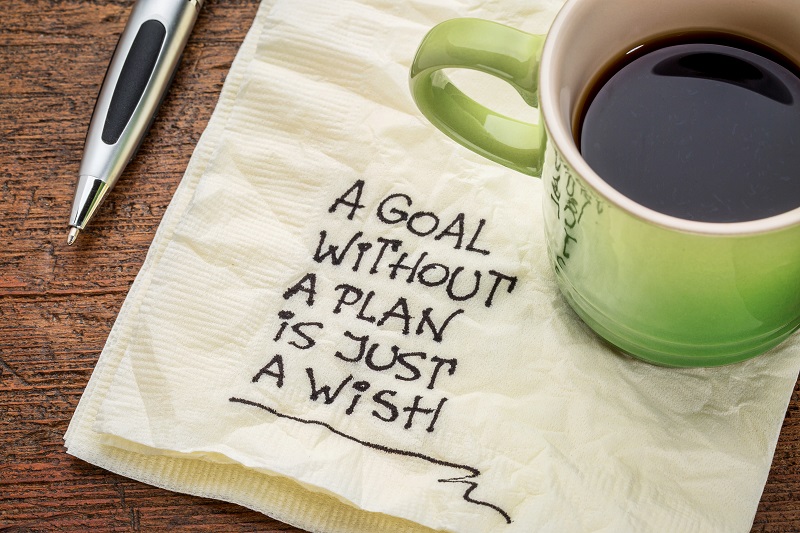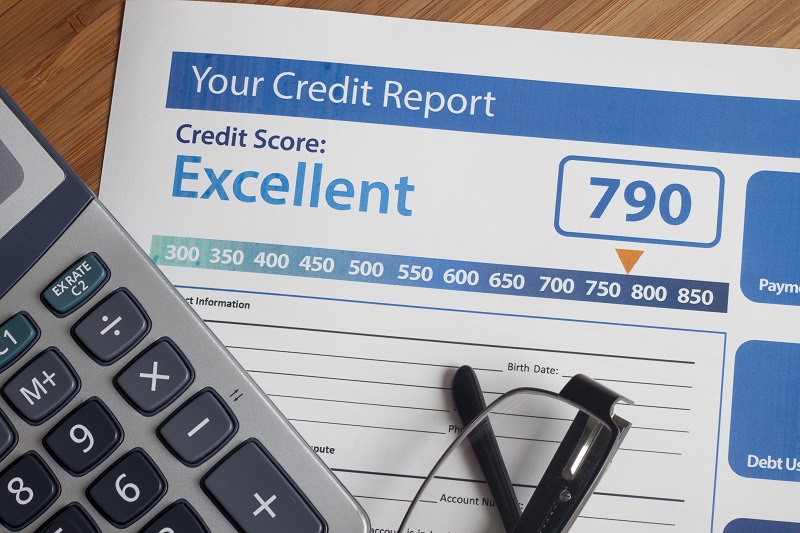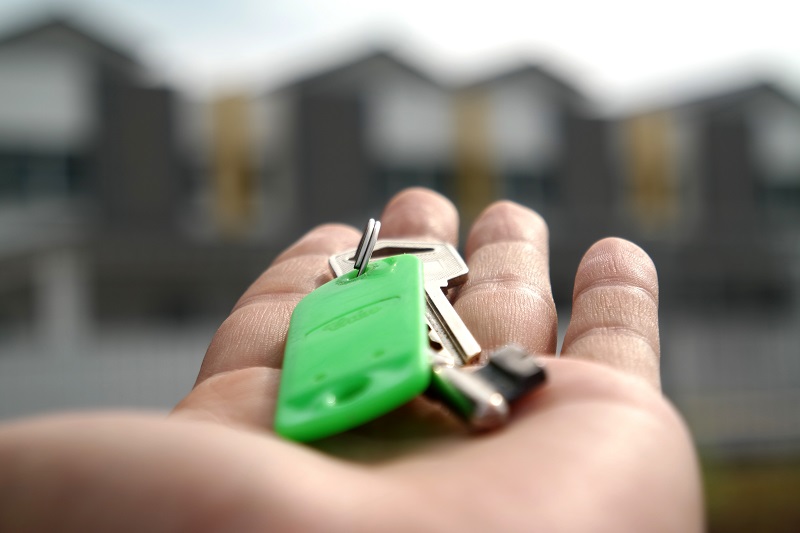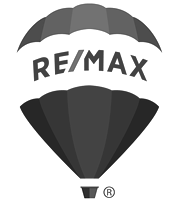5 Steps to Get You from Resolution to Reality
Every year, when the clock rolls over and the calendar hits January 1, it’s a prime opportunity to start looking at what the New Year can bring. With the entire year stretched out before you, it’s the perfect time to start planning, setting goals, and making resolutions.
If one of your New Year’s resolutions in the coming year is to own your own home, congratulations! Jumping into the real estate market and breaking out of the rental cycle is one of the smartest financial decisions you can make. If it still seems like an abstract goal, though, here are five steps to help that resolution turn into a reality.
- Take a Realistic Look at Your Finances
Thinking about all the possibilities homeownership offers is fun and exciting, but the first step is not getting ahead of yourself. Before you start picking out paint swatches for that cute little office upstairs, you’re going to want to take a look at your financial health.
With the end of the year here, print out and review twelve-month credit card reports and bank statements. Review your spending habits. See where your money goes. If you’re short of where you want to be for a down payment and closing costs, this is a good place to start. Ask yourself where can you cut back on spending. Morning coffees and dining out sessions all add up, and when you do the math, you might be surprised to find just how much you spend over the course of a year on these little seemingly one-off expenses.
For example, say you get a coffee every day before work for a year. At $4.00 per cup, that’s around $1,000. By simply making your coffee at home and skipping the cafe, you’ve just banked an extra grand toward your target number.
These unnecessary expenses are sometimes known as “spending leaks,” and you need to identify where they exist in your budget. Do this tracking manually, or enlist the help of any number of budgeting apps.
- Talk to a Realtor or Other Professional

Buying a home, especially if it’s your first time, involves quite a lot of details and information, and this can quickly get confusing and overwhelming. That’s why it’s always a good idea to talk to a Realtor or other qualified professional. This person can give you an idea of what you’re going to need financially during every stage of the home-buying process. This includes (but isn’t limited to) the following:- Down payment on the home (including some up-front earnest money)
- Closing costs
- Home inspection fees
- Money for annual property taxes
- Money for homeowners insurance
- Money for your homeowners association (HOA) fees, if applicable
- Private mortgage insurance, if applicable
- Some money left in the bank so you don’t “close broke”
- Make a Specific Goal

Once you’ve reviewed your finances, you should have a good sense of where you are, and after talking to a professional, you should have a much better sense of where you want to be.Whether you’re looking to get to that 20 percent down payment or not, you should have a number in mind for how much you need in the bank in order to enter the housing market. When setting this goal, be specific. Many wealth strategists agree that saying things like “I want to improve my finances” or “I want to save more” is often unproductive. Setting an exact target number lends itself to better self-reflection and precise planning, which increase your odds of actually achieving the goal.
Be equally specific about how you plan to reach that target number. Again, just saying you’re going to cut back on unnecessary spending isn’t likely to lead to behavioral changes. Analyzing the numbers and then axing Friday take-out night from your schedule is a more solid, surefire way to see a difference in your bank account.
If you’d like to be in a new home by a certain amount of time and cutting back expenses isn’t going to get you to your goal, consider alternate sources of income. This could be some gig work on the weekend or even a second job.
- Check Your Credit Score

When a bank or other financial institution assesses your loan worthiness, one deciding factor is your credit score. This number is out of 850, but generally anything over 740 is considered “excellent” and will qualify you for the best possible rates.Is your number lacking a bit? Don’t worry. While the numbers vary and every situation is decided on a case-by-case basis, 580 is generally used as the floor to qualify for a home loan.
It’s always free to check your credit score online, so take a peek. Make sure there are no errors, such as debts that don’t belong to you or incorrectly assessed late payments. Errors could be simple mistakes or signs of a compromised account. In either case, you need to know about these problems and get them fixed so your chances of qualifying for a loan aren’t needlessly hurt.
If your number needs some real work or you don’t have credit history, you’ll need to take the necessary steps to get yourself into that desirable range. Depending on your circumstances, this could be a lengthy process, so the sooner you know where you’re at, the better!
- Talk to a Bank or Financial Institution
Once you feel you have a grasp of your financial situation, you’re ready to actually talk to a bank or other lending institution. Sitting down with a loan officer can be one of the most enlightening and important steps in getting yourself prepared to jump into the housing market.
A loan officer can gather all your relevant information (income history, current outstanding debts, housing history, credit score, and more) and use that to pre-approve you for a loan. This tells you what type of loan you qualify for and the amount you’re approved for.
A preapproval gives you an excellent idea of what homes are within your means, which is invaluable when setting your concrete financial goals. When it comes time to actually check out houses, it also alerts the sellers that you’re a serious buyer—not just someone interested in checking out open houses and wasting their time!
A preapproval does require a hard pull on your credit report, it entails a bit of paperwork, and it’s generally only good for ninety days. This means it’s usually smart to initiate this process right before you’re starting to seriously look at homes.
If you’re not quite at that point yet but you still want a general idea of what you’d be approved for, you can get prequalified. This requires less supporting documentation but is also less precise than a preapproval. It’s more of a ballpark figure, but this can be really helpful if you’re still in the saving phase of the home-buying process.
One important note here: A mortgage pre-approval is not the final step. Your loan will still need to go through underwriting (the last hurdle of due diligence on the bank’s part) before you’re officially approved. This step happens when your offer on a house is accepted and you’ve officially put that home under contract.
There’s no getting around it. Whether you’re a first-time home buyer or not, this process can be involved and complicated. However, if you’re really serious about entering the housing market in 2020, setting this as your New Year’s resolution is a great first step!
Remember, also, that you don’t have to navigate this alone. There are innumerable industry professionals who can walk you through specific steps of this process and who can help you get from where you are to where you want to be.
If you’d like to speak to any of the professional, knowledgeable Realtors here at Ray Gernhart and Associates, don’t hesitate to reach out! We’re passionate about helping people find the house they can call “home,” so call us today!












